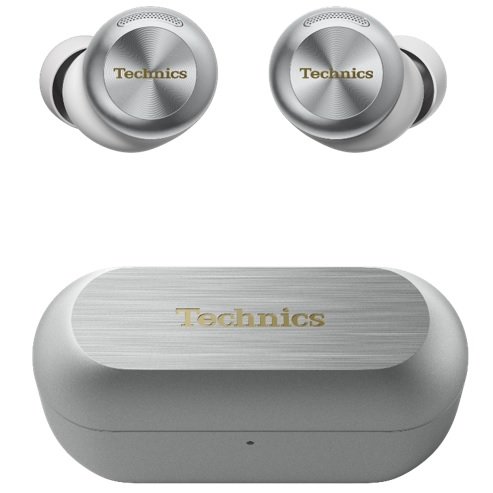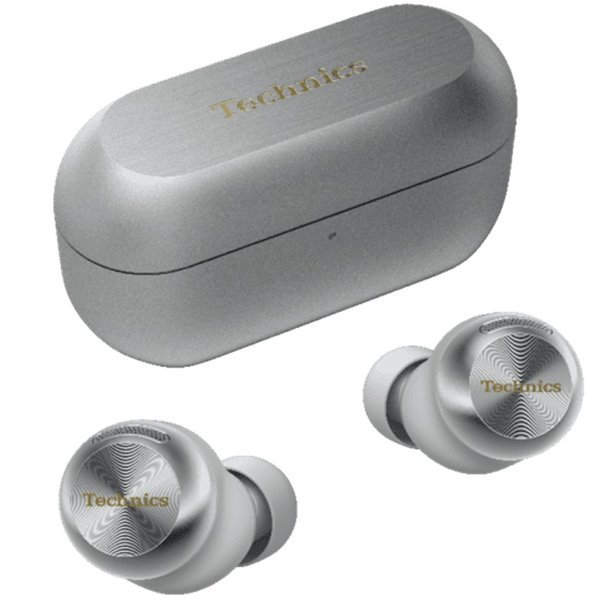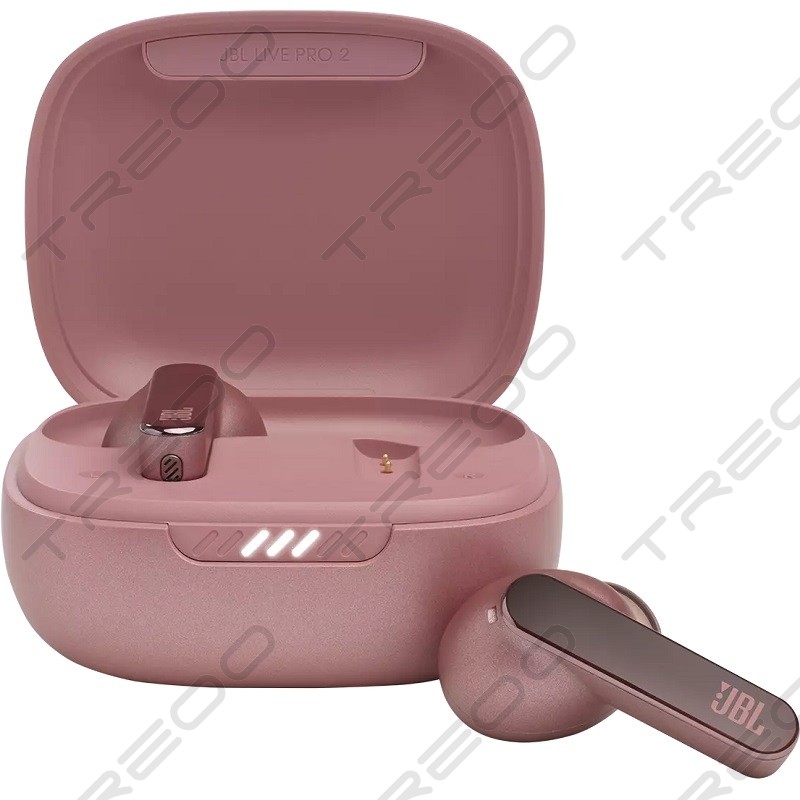Best desktop speakers for Custom PC for Gaming & Music
Beginner’s Guide: How to Choose Bookshelf Speakers for Your Desktop Setup
For music lovers, gamers, or anyone working from a desktop, a good pair of speakers can completely transform the experience. While multimedia speakers bundled with PCs may be convenient, they rarely capture the richness, detail, and clarity that true bookshelf speakers bring to the table. Compact yet powerful, bookshelf speakers bridge the gap between studio monitors and larger hi-fi systems, offering a perfect mix of quality and size.
If you’re considering upgrading your desktop audio setup, this guide walks you through everything you need to know — from choosing between active and passive designs to placement tips and popular models worth exploring.
Why Choose Bookshelf Speakers for a Desktop Setup?
Unlike portable Bluetooth speakers or plastic desktop satellites, bookshelf speakers are built with better drivers, enclosures, and crossovers that deliver authentic sound. The benefits include:
-
Clarity and balance across lows, mids, and highs.
-
Versatility — they work equally well for music, movies, and games.
-
Compact footprint — they fit comfortably on desks or shelves without overwhelming the space.
-
Upgrade potential — pair them with a subwoofer or amplifier for expanded performance.
Whether you’re streaming hi-res audio, editing podcasts, or simply enjoying Spotify playlists, bookshelf speakers can elevate your everyday listening.
Step 1: Understand Your Listening Goals
Not all users have the same needs, so start by defining your priorities:
-
Music enthusiasts or producers will want a speaker with a flat, neutral frequency response so mixes translate well across devices.
-
Gamers benefit from precise imaging and dynamic range to hear spatial cues like footsteps or ambient effects.
-
Movie lovers need a clear midrange for dialogue and strong headroom to handle action scenes without distortion.
-
General desktop users may prioritise connectivity and simplicity, such as Bluetooth pairing or USB inputs.
Knowing your primary use will narrow down your choices significantly.
Step 2: Active vs Passive Bookshelf Speakers
One of the first decisions to make is whether to go active or passive.
-
-
Have built-in amplifiers matched to the drivers.
-
Often include multiple inputs (USB, optical, RCA, Bluetooth).
-
Plug-and-play simplicity — no external amp required.
-
Ideal for beginners, small setups, or minimalistic workspaces.
-
-
-
Require a separate amplifier or AV receiver.
-
Offer more flexibility in choosing amplification and future upgrades.
-
Often favoured by audiophiles who already own quality amps.
-
Better for those wanting to expand into larger hi-fi systems later.
-
If you’re building a setup from scratch, active speakers are usually the easiest entry point. But if you already own an amplifier, passive speakers give you more flexibility in sound tailoring.
Step 3: Drivers, Cabinet Design, and Sound Quality
Bookshelf speakers are small, but the engineering inside matters a lot. Here are the key factors:
-
Driver size: Woofers typically range from 4–6 inches. Larger woofers deliver deeper bass, but may need more space behind the speaker to breathe.
-
Tweeter materials: Silk dome tweeters sound smooth and warm; metal dome tweeters deliver crisp highs; ribbon tweeters offer ultra-detailed response.
-
Crossover quality: Determines how seamlessly the tweeter and woofer work together.
-
Cabinet design: Ported cabinets enhance bass, while sealed enclosures offer tighter control but may need a subwoofer for deep lows.
-
Specs to check: Frequency response, sensitivity (efficiency), distortion levels, and maximum SPL (loudness).
While specs provide guidance, listening tests are essential. What sounds “neutral” to one person may feel dull to another.
Step 4: Connectivity Options
Your desktop audio chain determines what inputs you’ll need.
-
USB/Optical: Great for direct digital connections to computers.
-
RCA/XLR: Standard analogue connections for audio interfaces or DACs.
-
Bluetooth/Wireless: Convenient for casual use, but may introduce latency.
-
Subwoofer Out: Handy if you plan to add a sub later.
If you’re a gamer or streamer, make sure your speakers integrate smoothly with your audio interface or soundcard.
Step 5: Placement & Acoustic Considerations
Even the best bookshelf speakers will sound poor if placed incorrectly. Here are some tips for desktop speaker placement:
-
Ear-level tweeters: Place tweeters at ear height for the best stereo imaging.
-
Speaker distance: Form an equilateral triangle between you and the two speakers.
-
Spacing from walls: Leave 30–50 cm behind and to the sides to reduce bass boom.
-
Isolation pads or stands: Prevent desk vibrations and improve clarity.
-
Toe-in angle: Slightly angling the speakers toward your listening position often improves imaging.
In small rooms, reflections from nearby walls can colour the sound. Simple acoustic panels or foam can help tame these effects.
Step 6: Popular Models to Explore
Every listener has unique tastes, but here are some categories of bookshelf speakers that consistently perform well:
-
Entry-level powered speakers: Compact, budget-friendly, with decent connectivity.
-
Studio monitors: Neutral, accurate response designed for mixing and content creation.
-
Audiophile bookshelf speakers: Premium cabinet finishes, refined drivers, and excellent soundstage.
-
Bookshelf + subwoofer combos: Great for bass-heavy genres like EDM or hip-hop.
At TREOO’s Singapore showroom, you can audition different options side by side to hear which speakers match your preferences.
Exploring Popular Models: Bookshelf Speakers and Studio Monitors
PreSonus
Eris (2nd Gen) Series
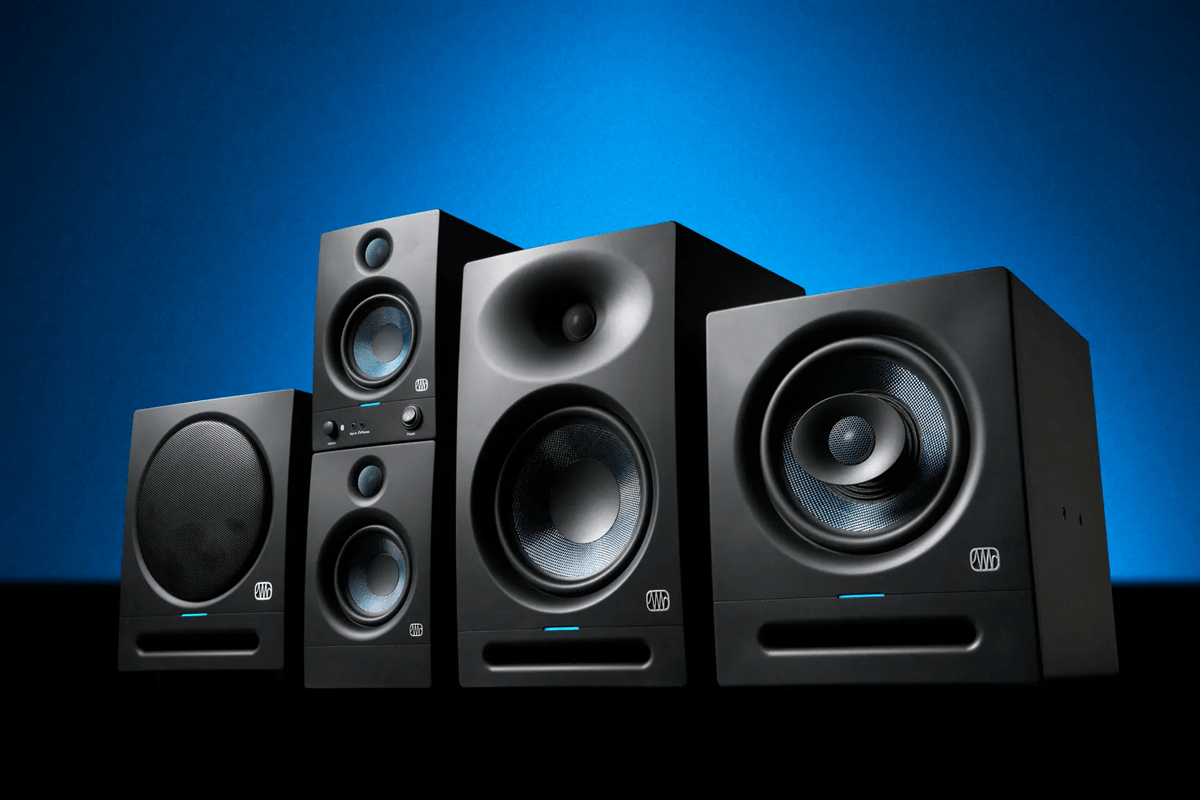
PreSonus Eris speakers are known for their accurate sound reproduction, making them popular choices among music producers and audio engineers. The Eris 3.5 and Eris 4.5 are compact options suitable for desktop setups, offering balanced sound and convenient front-panel controls (both also available with Bluetooth, as the Eris 3.5BT and Eris 4.5BT.
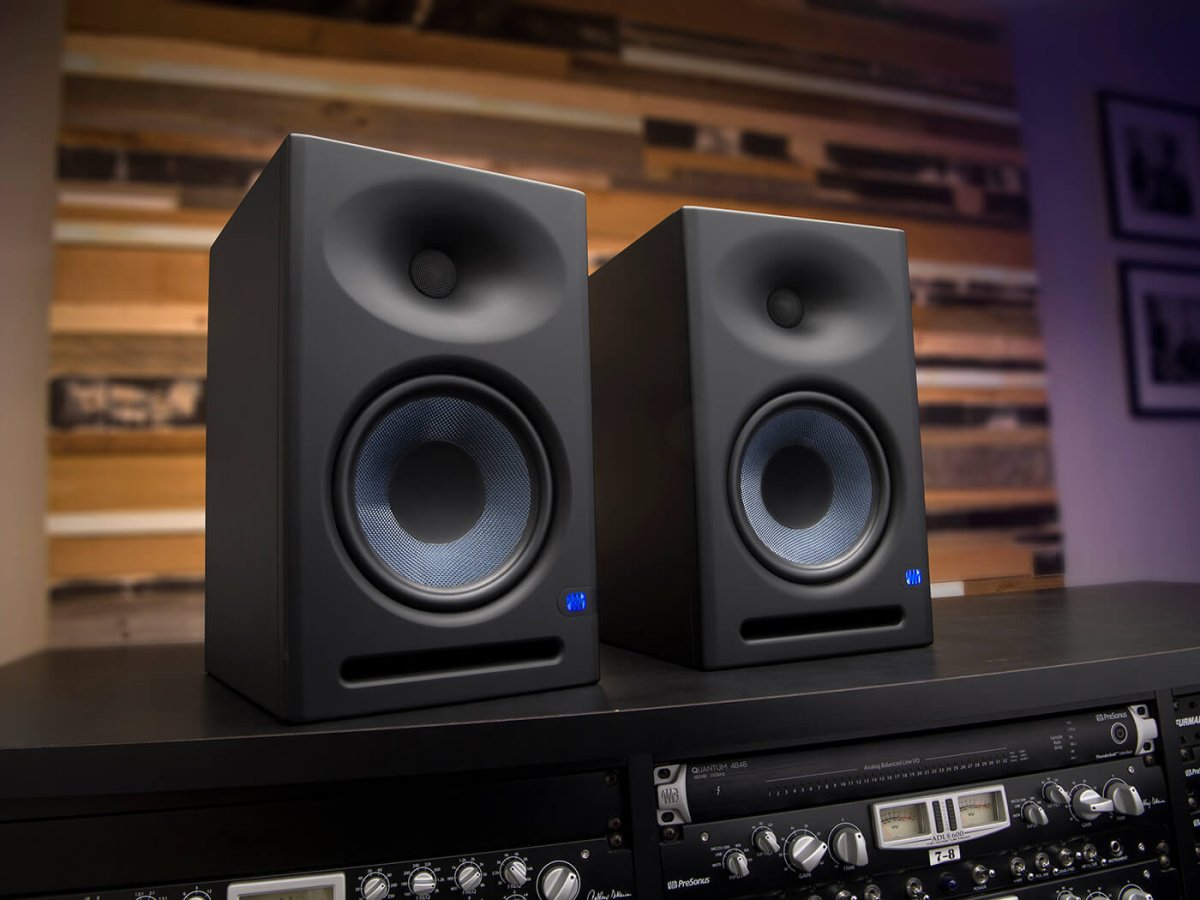
The Eris 5BT model provides larger woofers and more power for a fuller sound, making them suitable for larger rooms or critical listening environments.
Missing some oomph, hook it up to the Eris Sub 8BT 8-inch studio subwoofer for deeper lows.
Mackie
CR Series (Gen 3)
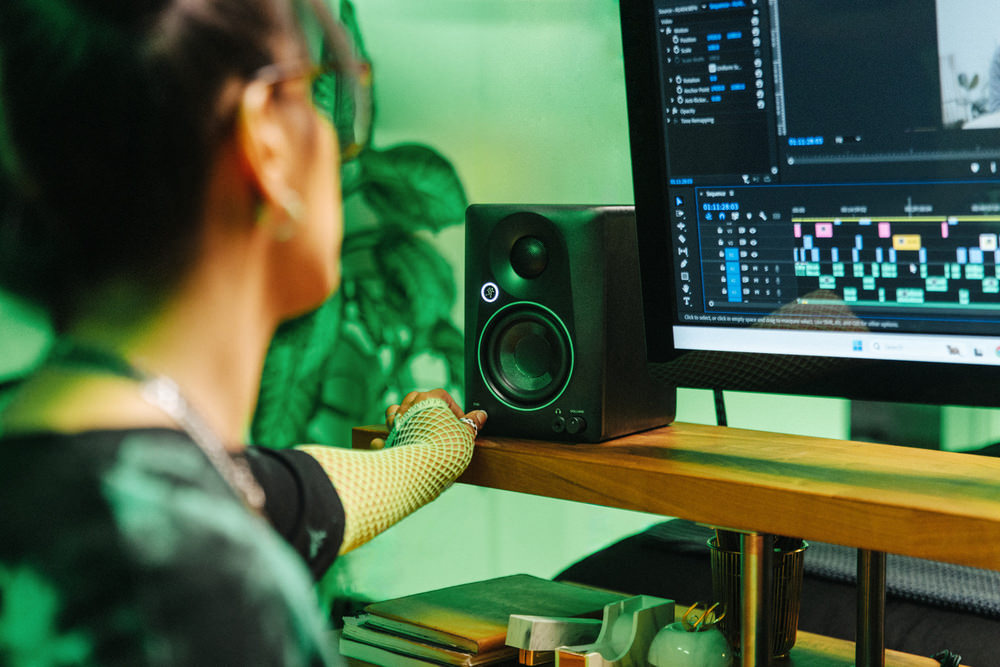
Mackie's CR Series offers a range of affordable bookshelf speakers with Bluetooth connectivity, making them suitable for both desktop setups and casual listening. The CR3 provides a compact yet powerful sound, ideal for smaller spaces, while the CR4.5 offers larger woofers for enhanced bass response and overall volume.
The Bluetooth variants (CR3.5BT, CR4.5BT, CR5BT) add wireless convenience, allowing users to stream music from their smartphones or tablets.
Edifier
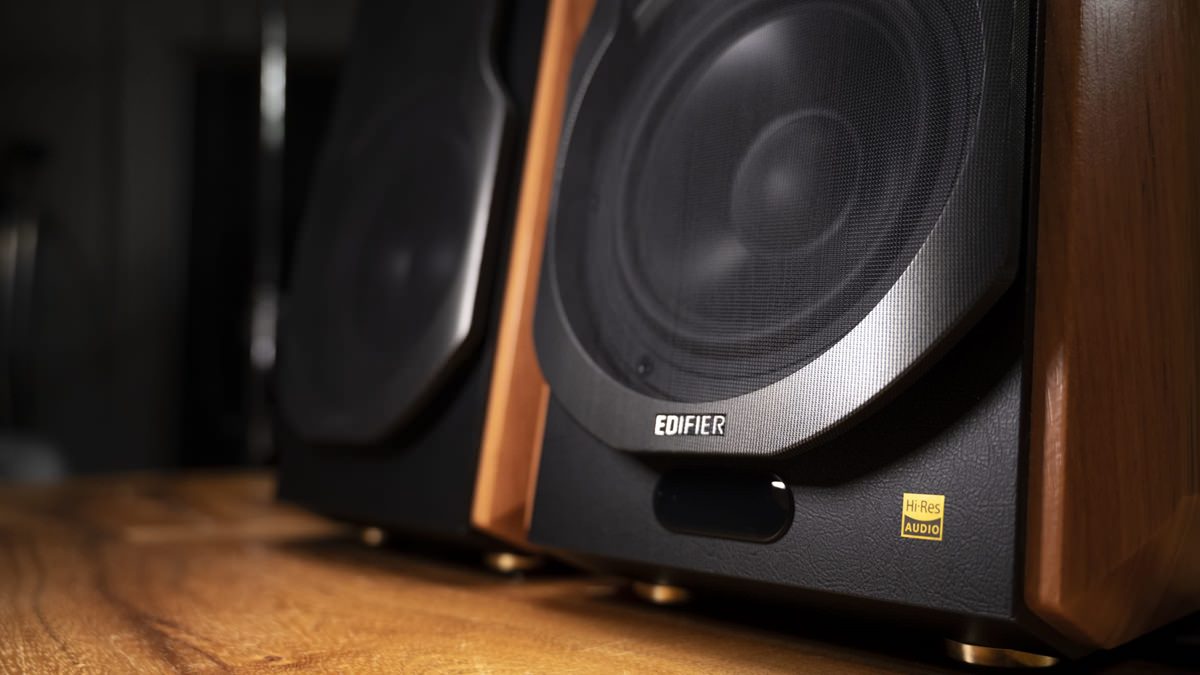
Edifier offers a wide range of bookshelf speakers with sleek designs and impressive sound quality. The R1280DBs are budget-friendly options with Bluetooth connectivity, perfect for casual listening or gaming. The R1855DB models offer larger woofers and more power for improved bass response and overall volume, while the S880DB provide premium sound quality and features for audiophiles and music enthusiasts.
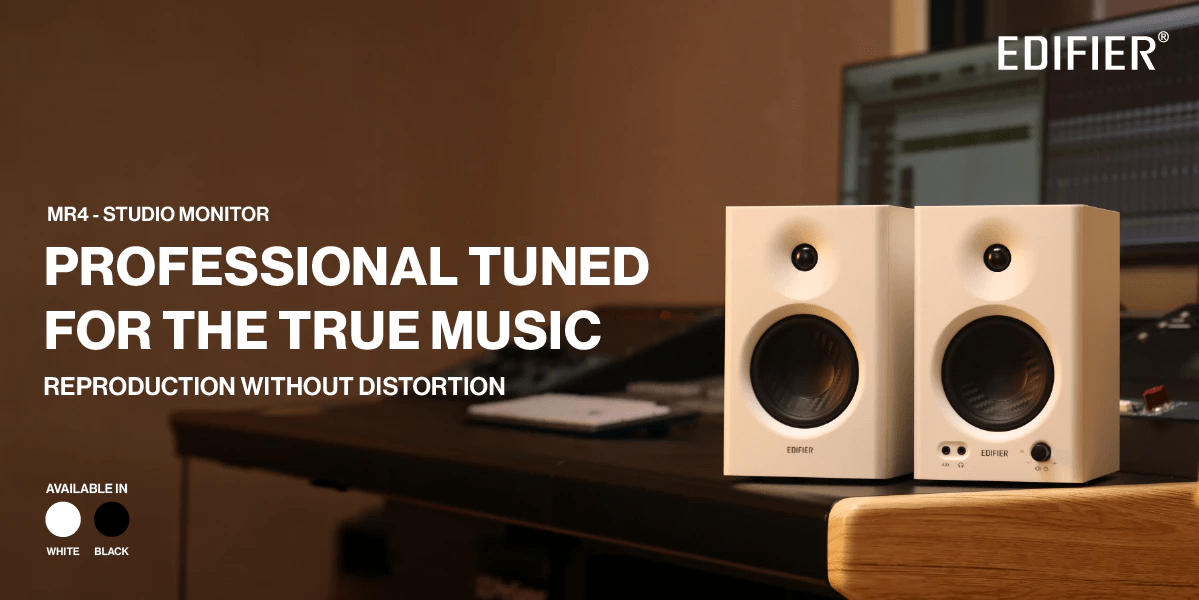
The Edifier MR4 studio monitors are the latest addition to Edifier's reputable lineup of audio equipment, designed for content creators, budding producers, and audio enthusiasts seeking professional-grade sound quality at an affordable price point. Released as an entry-level studio monitor, the MR4 offers a flat frequency response for accurate sound reproduction, making it ideal for mixing, mastering, and critical listening. The compact and stylish design ensures it fits well in any studio or home setup, it also stands out as a cost-effective solution for those looking to step into the world of professional audio without compromising on quality.
Audioengine
Audioengine's bookshelf speakers are known for their exceptional build quality and performance. The A2+ Wireless offers compact size and wireless connectivity, making it perfect for desktop use in smaller rooms or offices. The A5+ Wireless delivers powerful sound with larger drivers and more amplification, suitable for larger rooms or critical listening environments. The A1 Wireless and A1-MR (Multiroom) provide a compact and affordable option for users seeking simplicity and convenience.
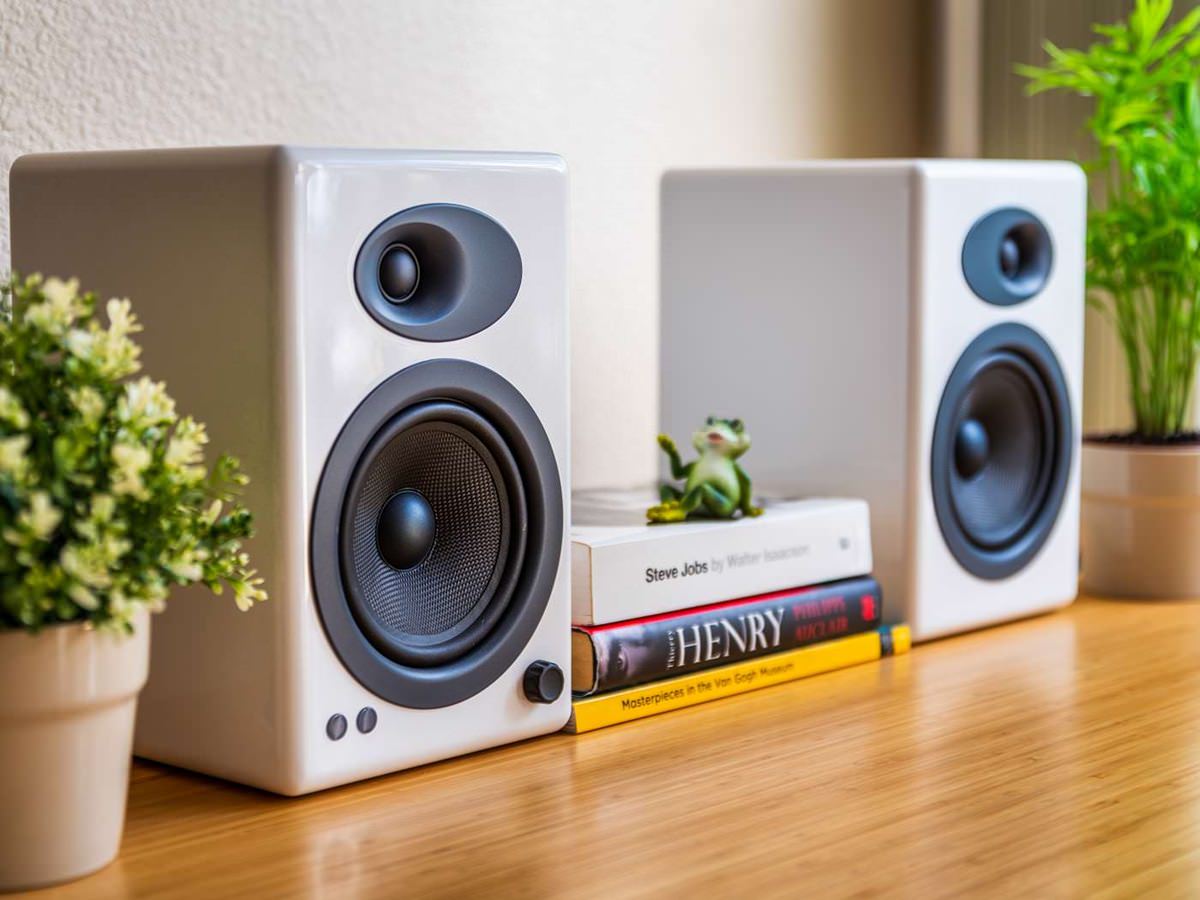
The HD5 is Audioengine's newest model in its HD line-up, a compact and premium powered speaker system that blends classic design with modern audio technology. Key features include custom-built silk tweeters and aramid fiber woofers for rich, clear sound, built-in analog class A/B amplifiers for powerful performance, and a variety of connectivity options including Bluetooth aptX HD, RCA, and mini-jack, making them versatile for any audio setup. Designed for both audiophiles and casual listeners, the HD5 offers high-fidelity sound in a sleek, attractive package suitable for any room.
SUPER-UNDERDOG
Special Mention; with drumrolls...
Kali Audio: Redefining Studio Monitors for Creators
In the world of professional audio, brands like Genelec, Adam, and Yamaha have long dominated conversations. Yet, in recent years, an underdog has been quietly turning heads in studios around the globe — Kali Audio. Based in California, Kali Audio has built a reputation for delivering high-quality studio monitors that combine accurate sound reproduction with accessible pricing, making them a favorite among both emerging producers and seasoned engineers.
A Fresh Audio Startup: Launched in January 2018 by five former veterans of top audio and speaker company JBL, Kali Audio is a unique startup and boutique operation whose products are designed and engineered in California––and will all be named after a different city or town in the state.
According to MusicConnection.com
What sets Kali Audio apart is its commitment to honest, transparent sound. Rather than hyping frequencies to create a false sense of excitement, Kali monitors are designed to reproduce music exactly as it is, allowing mix decisions to translate reliably across headphones, cars, and consumer speakers. This “nothing added, nothing taken away” philosophy has earned them a loyal following among creators who demand professional results without stretching their budgets.
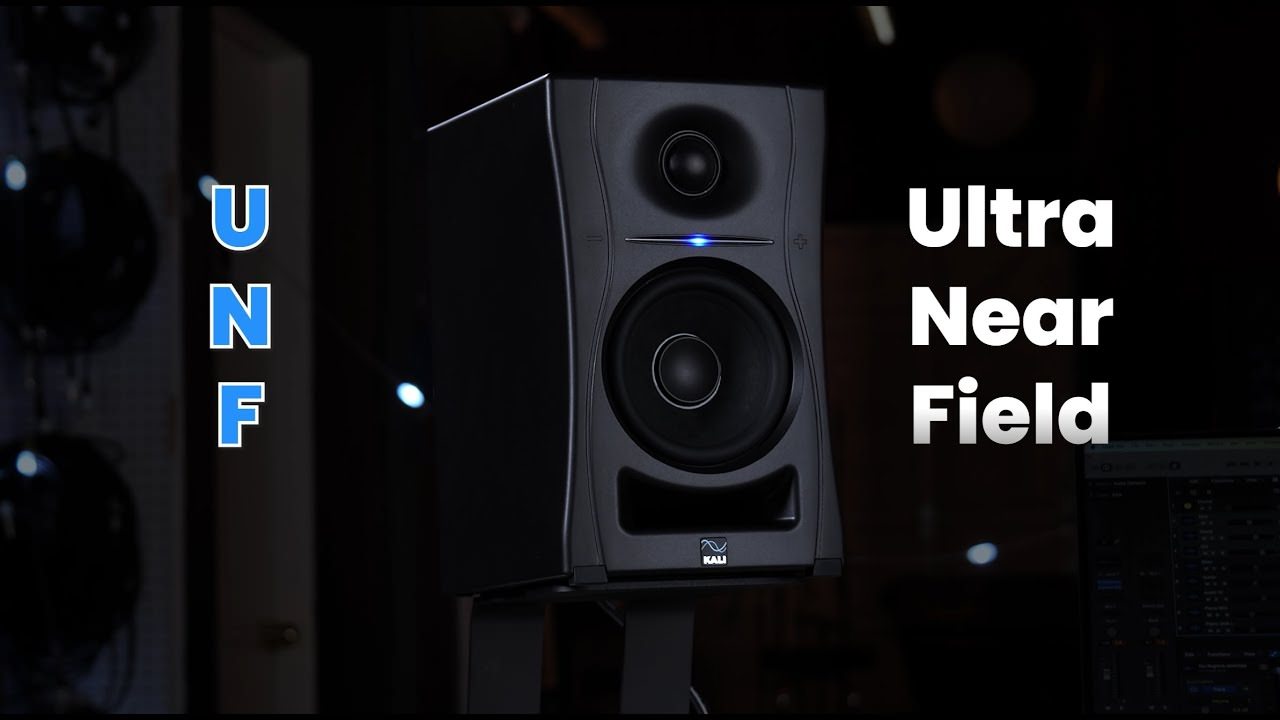
One standout example is the Kali LP-UNF, a compact desktop system designed for producers working in tight spaces. Despite its small footprint, it delivers a wide stereo image and impressive low-end extension, making it ideal for bedroom studios, content creators, and podcast setups. For those needing deeper bass and room-shaking clarity, the Kali WS-6.2 studio subwoofer pairs perfectly with their monitors, providing accurate low-frequency response down to the sub-bass region. Meanwhile, the Kali LP-6 2nd Wave has become one of the most popular choices for project and professional studios alike, offering excellent headroom, flat frequency response, and class-leading value in the competitive 6-inch monitor category.
Kali focuses on quality over quantity.
Part of what makes Kali Audio so unique is that their products are consistently in high demand — often leading to global backlogs and waiting lists. With each release, word-of-mouth spreads quickly among engineers and producers, and stock sells out faster than supply chains can keep up. This demand is a testament to their ability to deliver true professional sound at a price point that outperforms expectations.
By blending innovation, affordability, and precision engineering, Kali Audio has secured its place as one of the most exciting names in modern studio monitoring. For producers in Singapore and beyond, these monitors offer a chance to step into the professional audio world without compromise — proof that the so-called underdog can often deliver the most impressive bite.
Kanto
Kanto speakers combine stylish design with impressive sound performance, making them ideal for desktop setups. They're often compared with Audioengine speakers, bearing some similarities in the looks. The YU4 and YU6 models provide larger woofers and more power for enhanced bass response and overall volume, making them suitable for larger rooms or critical listening environments.
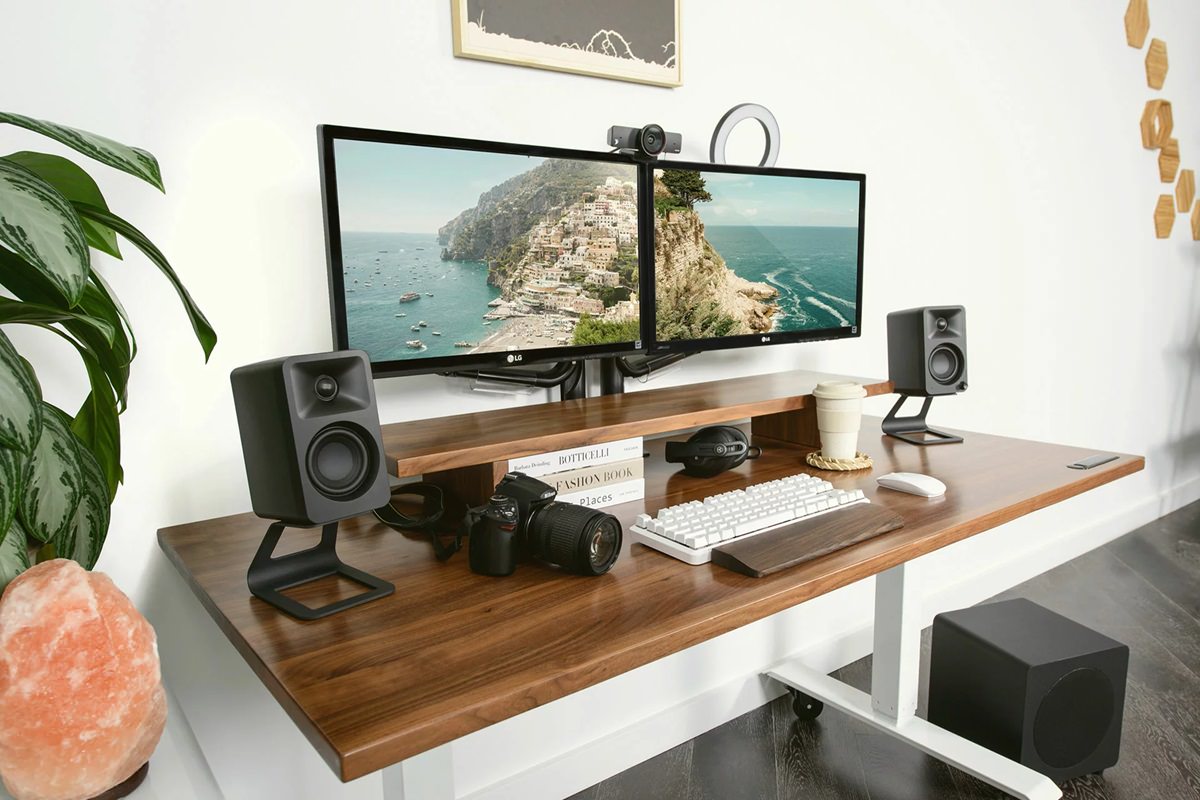
The latest offering from Kanto, is the ORA model is a compact, high-fidelity bookshelf speaker designed to enhance any desktop or home audio setup with its superior sound quality and sleek aesthetics. Key features include a 4-inch Kevlar® driver and a 1-inch silk dome tweeter for a rich, detailed soundstage. The ORA offers versatile connectivity options, including Bluetooth® 5.0 for wireless streaming and RCA inputs for traditional setups. This model is particularly a stunner with its host of connectivity options, yet packed within such a small cabinet, defying the concepts of how only larger cabinet speaker is able to deliver a considerable bass punch. The ORA certainly punches above its weight.
If you're after bigger drivers than the ORA, yet not want the speaker cabinets being oversized, the ORA4 might just be the perfect fit. The Kanto ORA4 mostly looks like a larger version of the ORA speakers, and that's because they have bigger and better 4" drivers. The low end on the Kanto ORA4 speakers is much improved over the ORA, but they still retain that neutral soundstaging.
PSB Speakers
PSB Speakers, albeit not heavily promoted online, it is a brand that consistently prioritises the research and development of superior sound quality and acoustic performance. Founded by Paul Barton, a pioneer in using scientific research to guide speaker design, PSB invests heavily in the National Research Council of Canada for product testing and development. This focus on substance over style means that PSB may not engage in the same level of aggressive marketing or branding as some other audio companies.
PSB's Alpha series speakers are designed to deliver accurate and detailed sound reproduction, making them suitable for both music listening and professional audio work. The Alpha AM3 and AM5 offer compact size and convenient features like Bluetooth connectivity, making them perfect for desktop use in smaller rooms or offices.
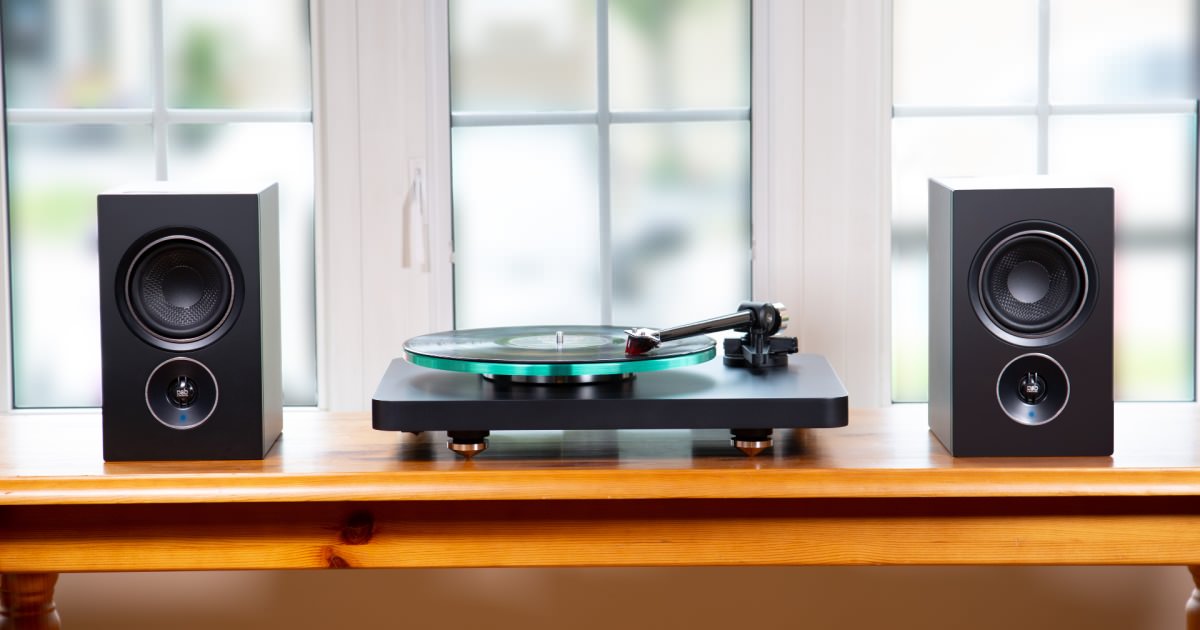
The latest release Alpha iQ, is a compact, smart-enabled powered speaker that merges high-fidelity audio with the latest streaming technologies. Key features include PSB's renowned acoustic design for precise, natural sound reproduction, and integrated BluOS technology for high-res streaming. With support for multi-room setups, voice control via popular assistants, and versatile connectivity options including HDMI ARC for TV use, the Alpha iQ is designed for audiophiles and casual listeners alike who seek superior sound in a user-friendly package.
KEF
KEF, a brand renowned for its innovative approach to audio engineering and design, continues to impress audiophiles and casual listeners alike, with recent products showcase KEF's ongoing commitment to blending high-quality sound with cutting-edge technology and sleek design. The most distinctive of these is the Uni-Q driver array, a technology that sets KEF speakers apart from others on the market. The Uni-Q driver configuration is KEF's signature innovation, central to many of their speaker designs. This technology integrates the tweeter in the acoustic center of the midrange cone. By doing so, KEF achieves several key advantages.
KEF speakers offer high-end sound quality in a compact package, making them ideal for desktop setups.
Building on the success of its predecessor, the LS50 Wireless II is a fully active wireless stereo speaker system that offers high-resolution audio streaming support, including compatibility with various music streaming services over Wi-Fi, AirPlay 2, and Bluetooth. Featuring KEF's signature Uni-Q driver array and Metamaterial Absorption Technology (MAT), these speakers deliver detailed, accurate, and immersive sound.
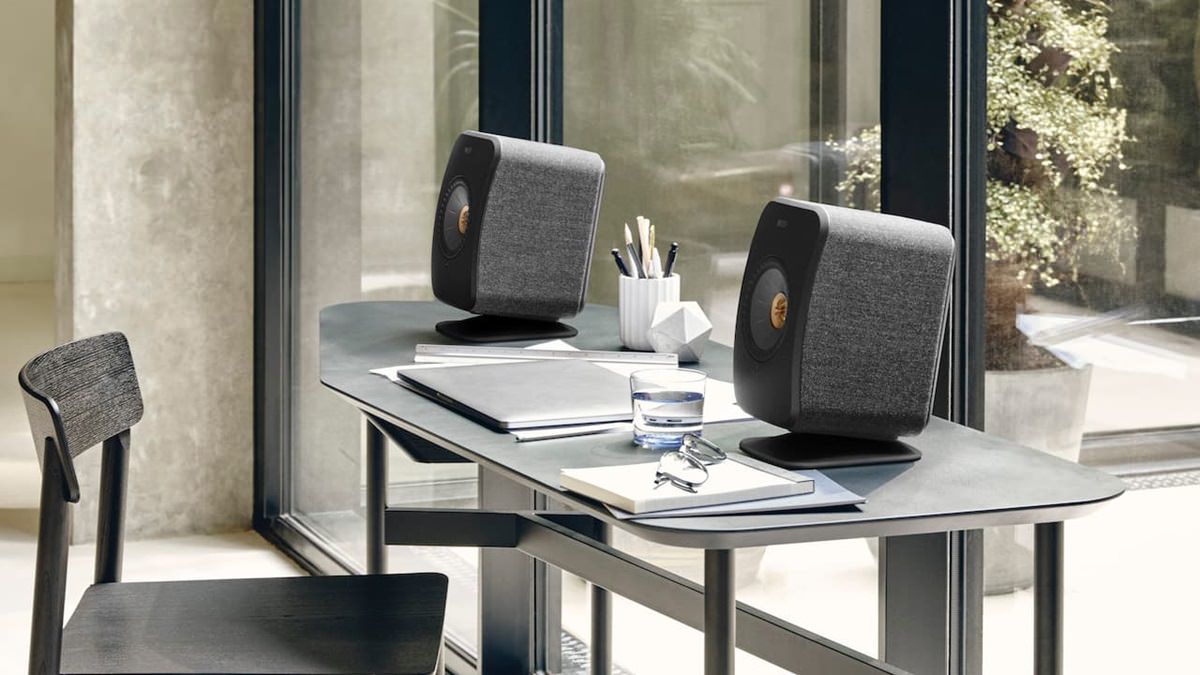
The LSX II is a compact yet powerful wireless speaker system that offers exceptional sound quality and versatility. With wireless connectivity options, including AirPlay 2, Spotify Connect, and Bluetooth, the LSX II can stream music from various sources with ease. The LSX II LT, on the other hand, is a limited edition version of the LSX II bookshelf speakers, featuring a unique design collaboration with renowned designer Michael Young. These speakers offer the same exceptional sound quality and wireless connectivity options as the LSX II but with a distinctive aesthetic inspired by Young's minimalist, industrial design approach.
Making Your Decision
To determine which speakers are best for you, consider the following factors:
-
Audio Quality: prioritize speakers that offer balanced sound with clear highs, detailed mids, and punchy bass, tailored to your listening preferences.
-
Design and Aesthetics: Choose speakers that complement your desktop setup and personal style, with options available in various finishes and colors.
-
Connectivity Options: Ensure the speakers offer the necessary connectivity options to accommodate your devices, whether it's Bluetooth, RCA, optical, or USB connections.
-
Budget: Set a budget that aligns with your financial constraints and explore speakers within that range, considering both the initial investment and long-term value.
Final Thoughts
Investing in bookshelf speakers for your desktop setup is one of the most rewarding upgrades you can make. By clarifying your needs, choosing the right type of speaker, and setting them up properly, you’ll unlock a level of audio quality that cheap PC speakers or soundbars can’t deliver.
Remember, there’s no “perfect” speaker for everyone. The best choice is one that makes you enjoy your music, movies, or games every day. If you’re unsure, always audition before you buy — your ears are the ultimate judge.
Happy listening!
Frequently Asked Questions
Are bookshelf speakers good for desktop use?
Yes. Bookshelf speakers offer better clarity, imaging, and balance compared to typical PC multimedia speakers. Their compact size makes them suitable for desktops while still delivering room-filling sound.
Do I need an amplifier for bookshelf speakers?
It depends. Active bookshelf speakers have built-in amplifiers and don’t need external amps, while passive speakers require a separate amplifier or AV receiver. If you want plug-and-play simplicity, go for active; if you already own an amp, passive may be better.
Where should I place bookshelf speakers on a desk?
Place them at ear level, forming an equilateral triangle with your listening position. Keep some distance from walls (30–50 cm) to avoid bass boom and use isolation pads or stands to reduce desk vibrations.
Can bookshelf speakers replace computer speakers?
Yes. Bookshelf speakers provide a massive upgrade in clarity, bass, and stereo imaging. They connect easily to PCs, laptops, or audio interfaces, depending on the inputs available.
Do bookshelf speakers need a subwoofer?
Not necessarily. Many bookshelf speakers deliver bass down to 60–80 Hz, enough for most music. But for bass-heavy genres or cinematic experiences, adding a subwoofer can extend low-end impact.

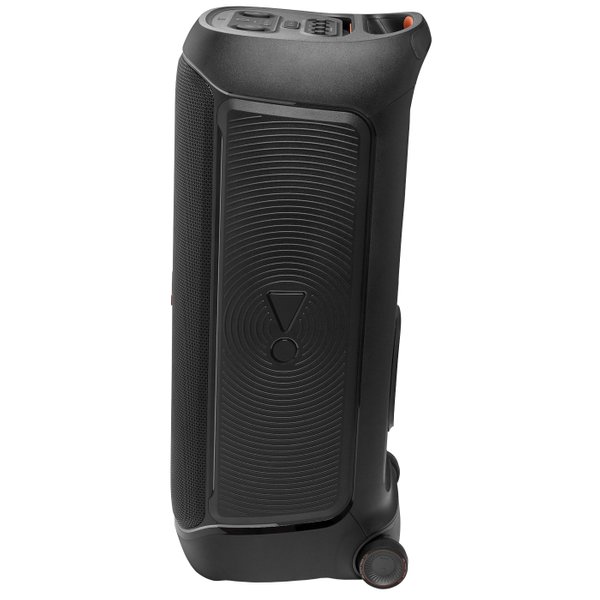
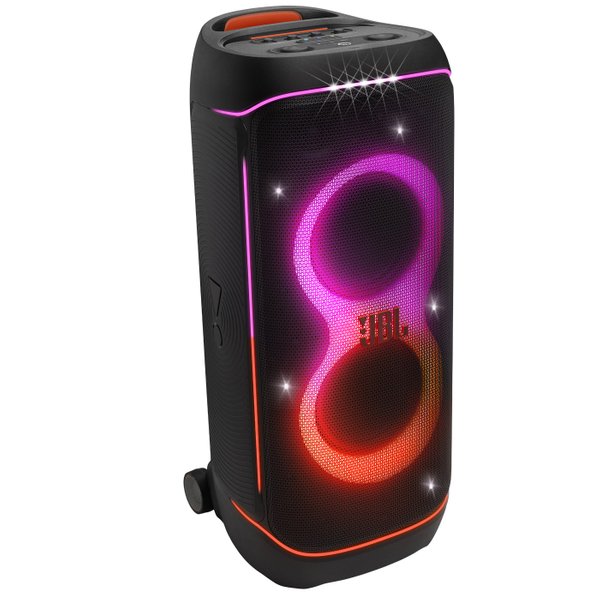
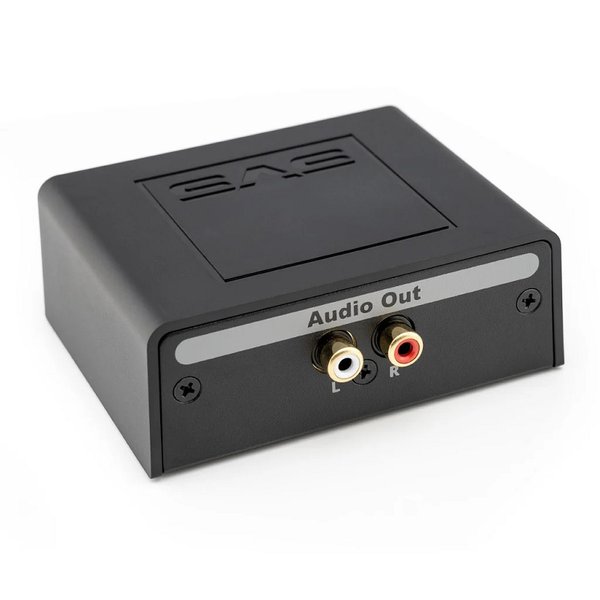
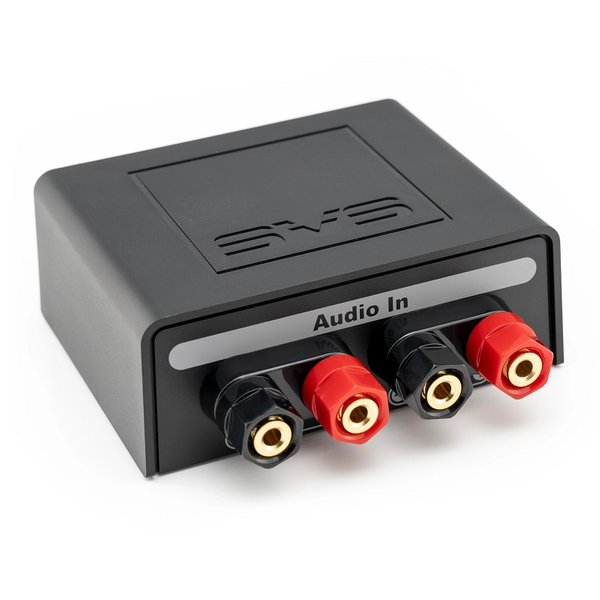
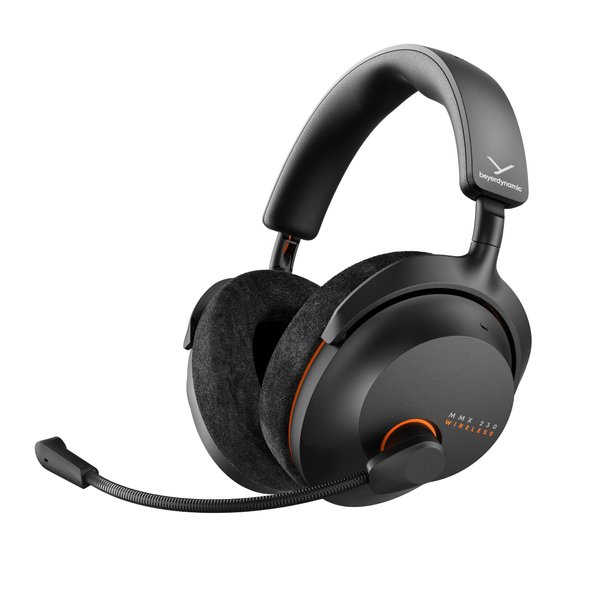
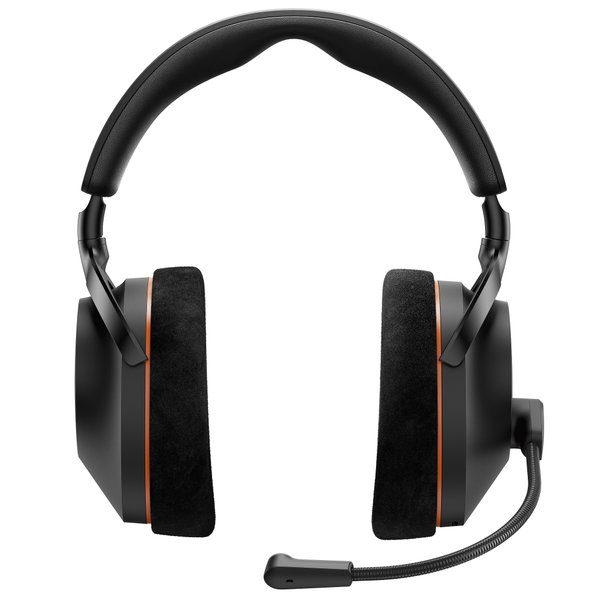


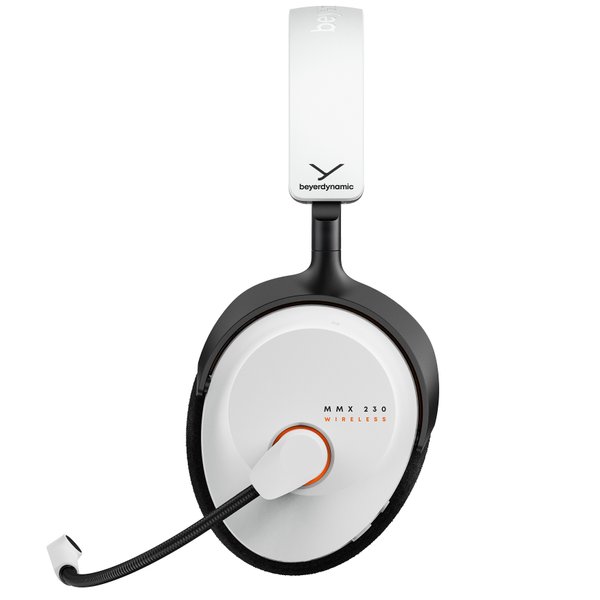
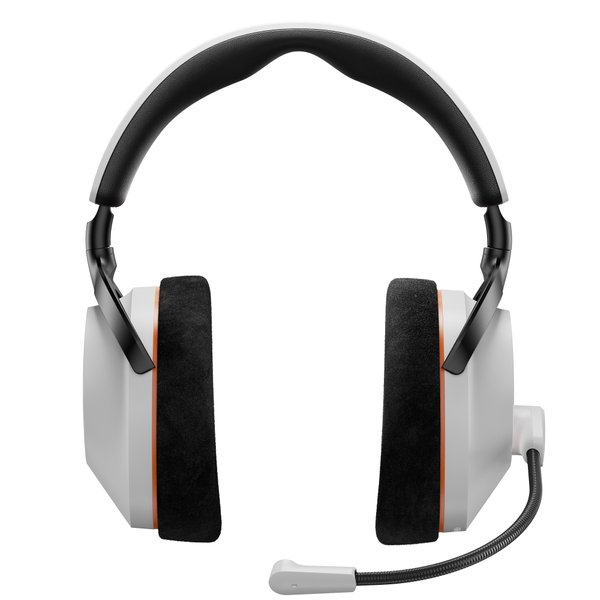
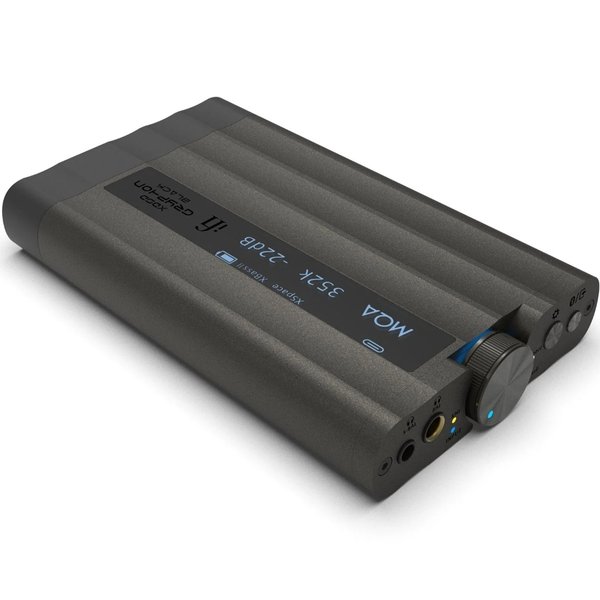
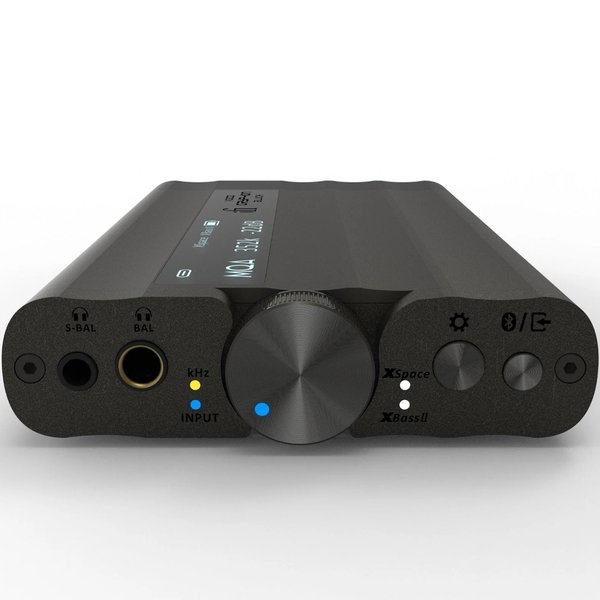


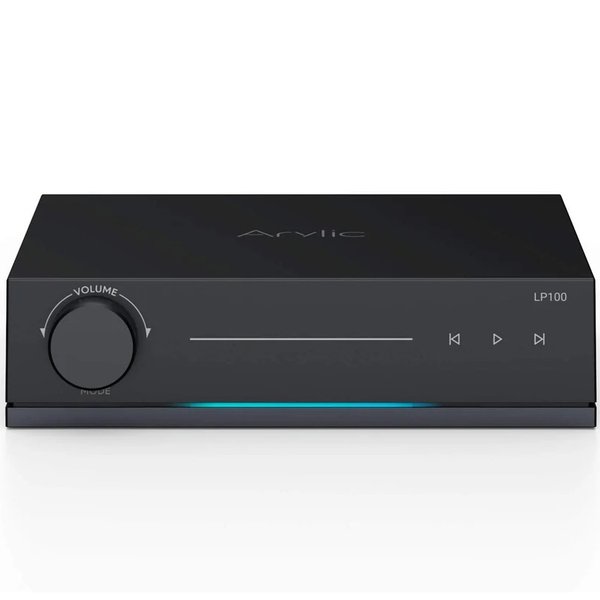
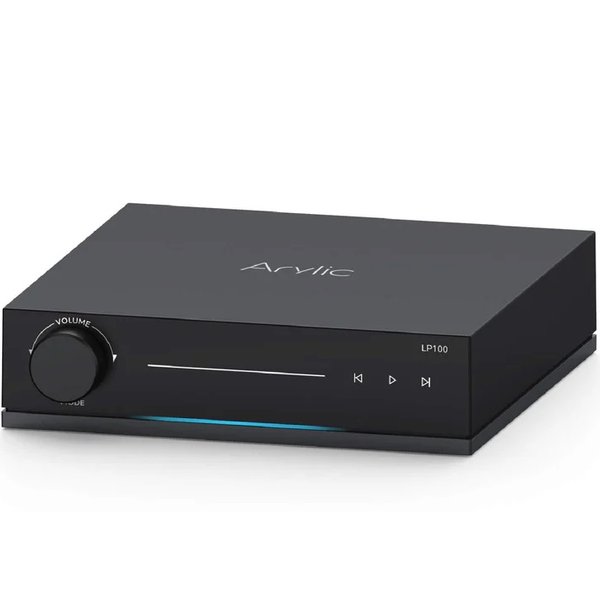

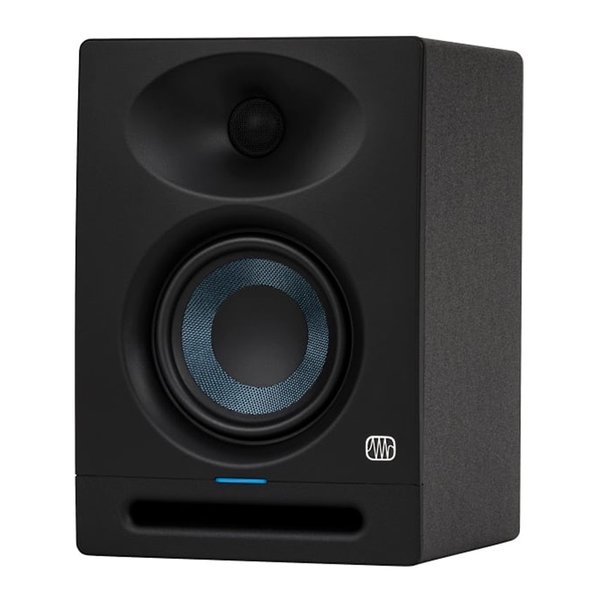





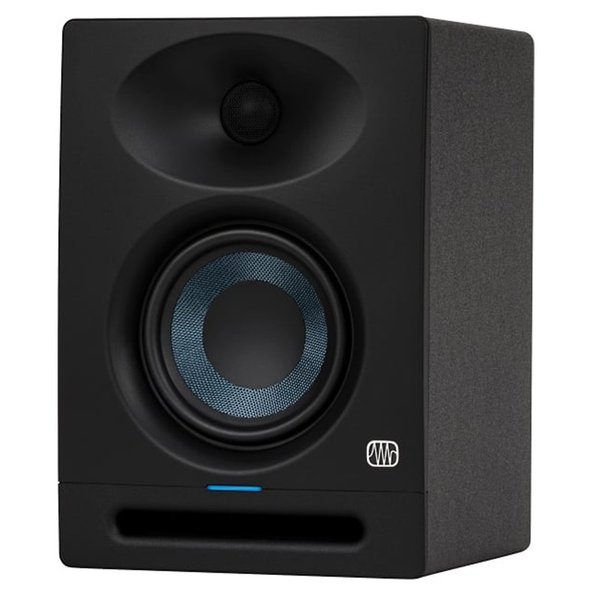

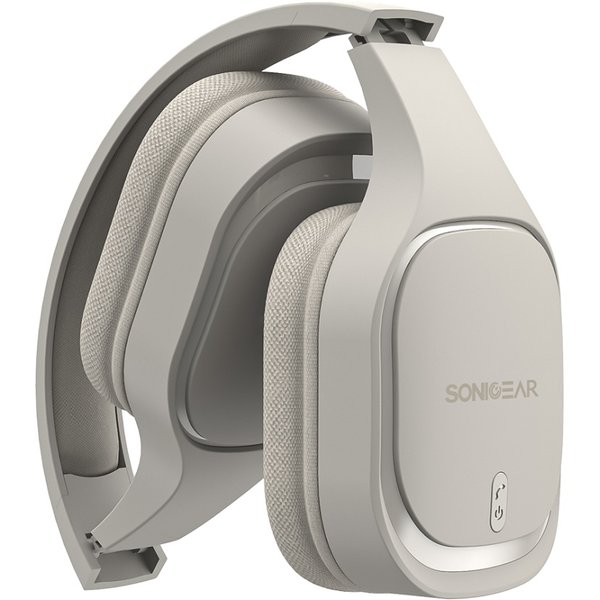
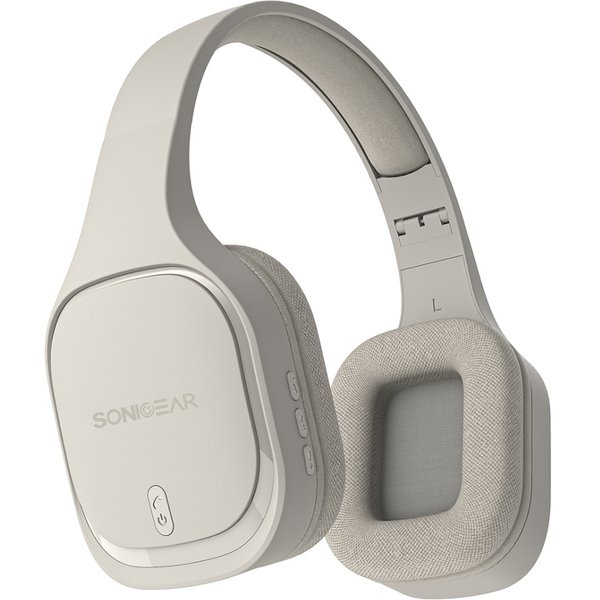



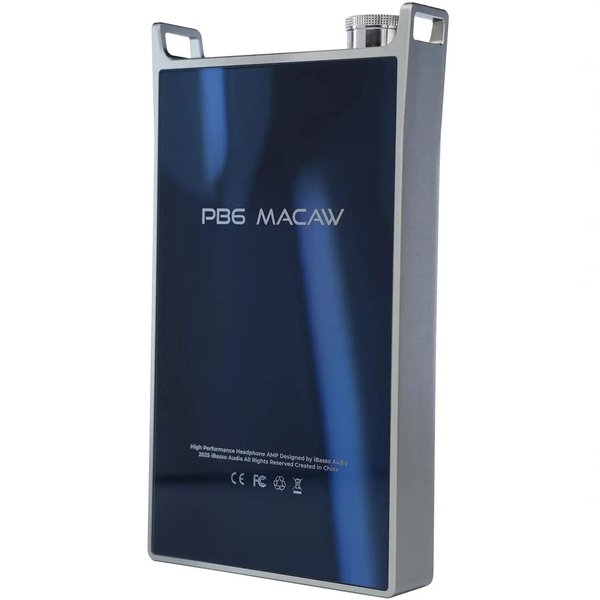
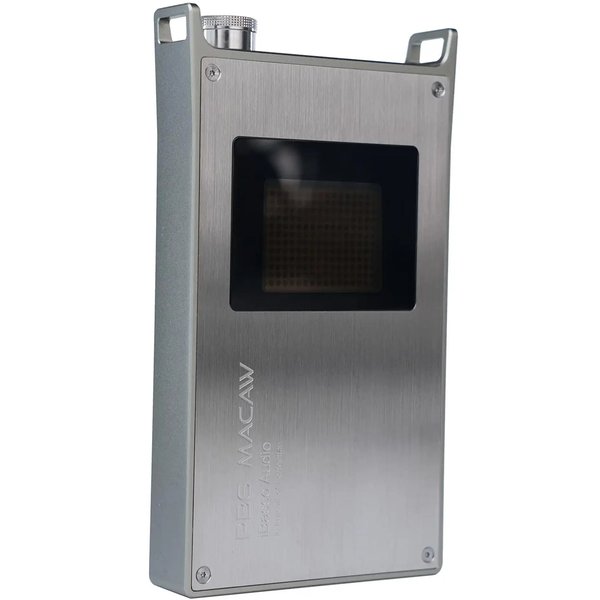
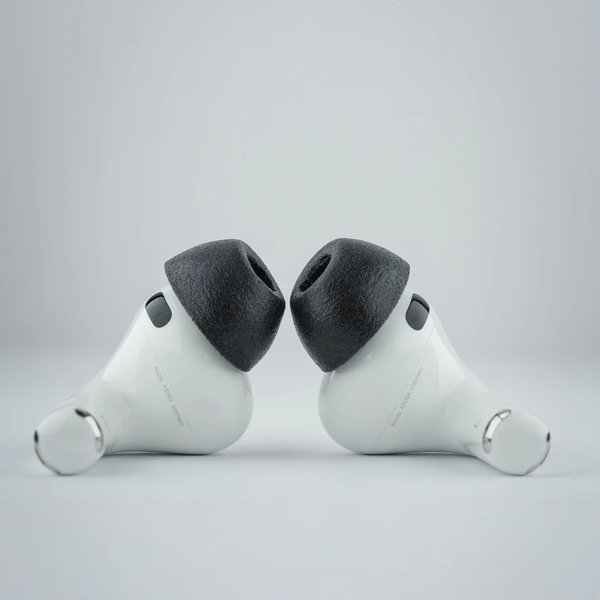
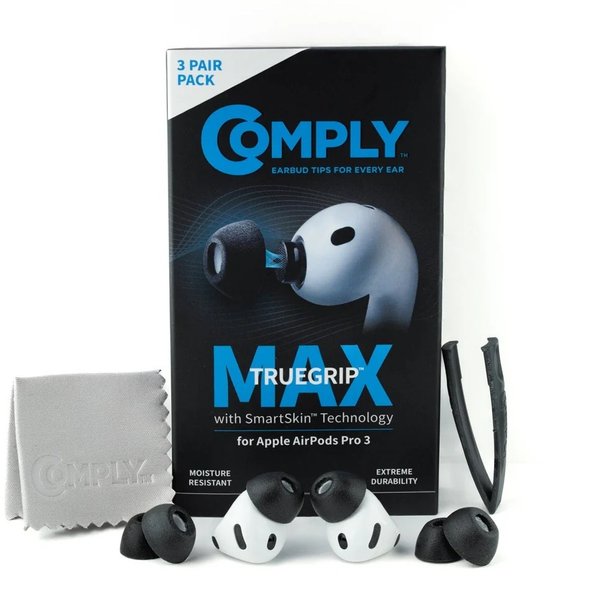


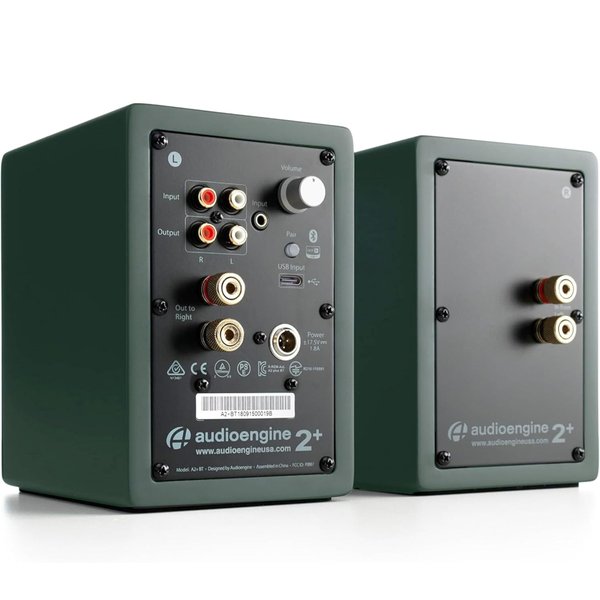
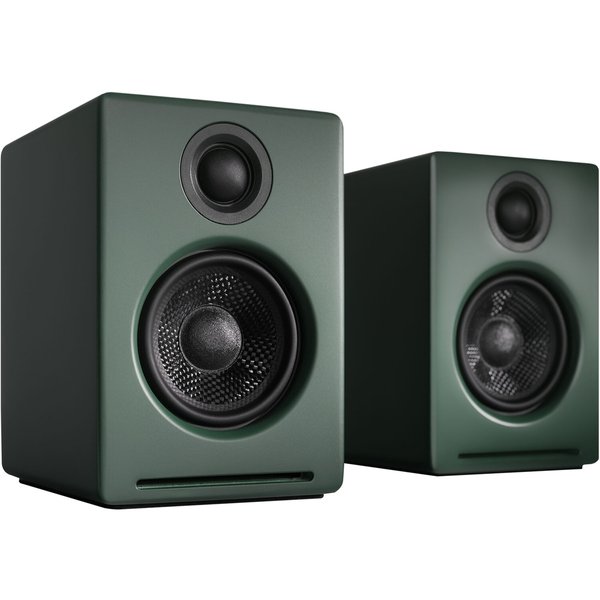



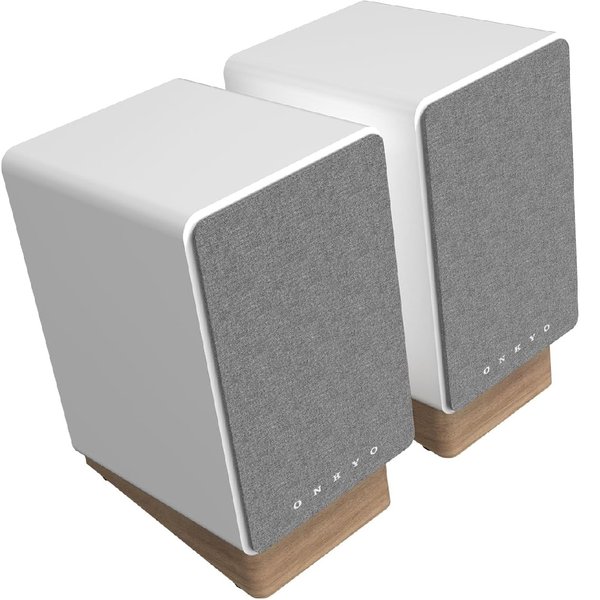
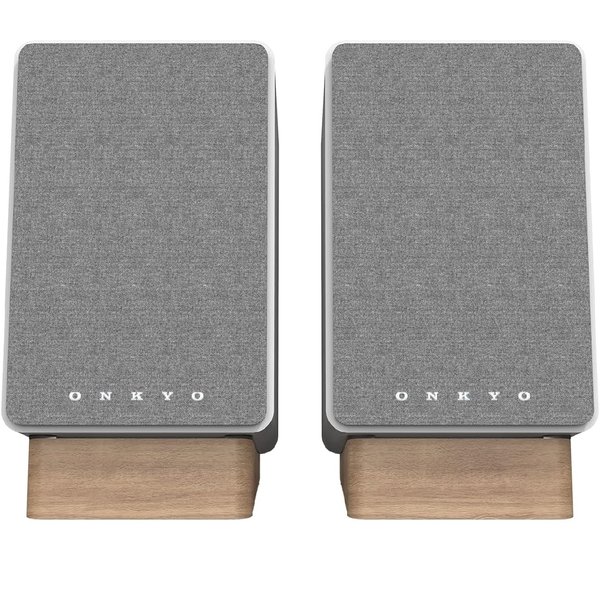


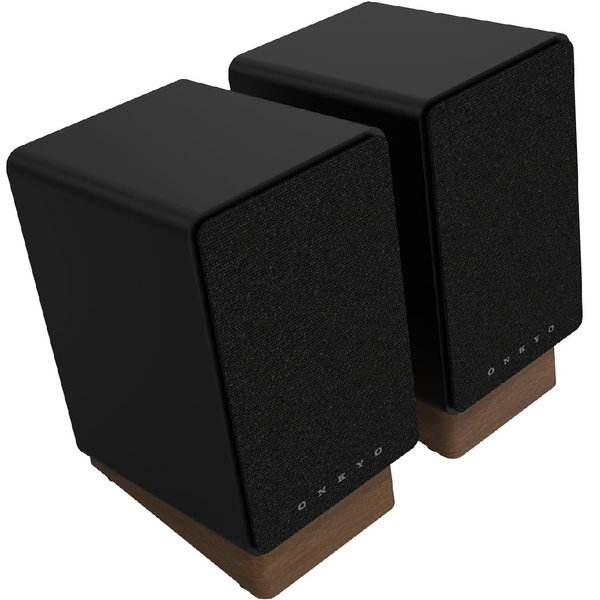
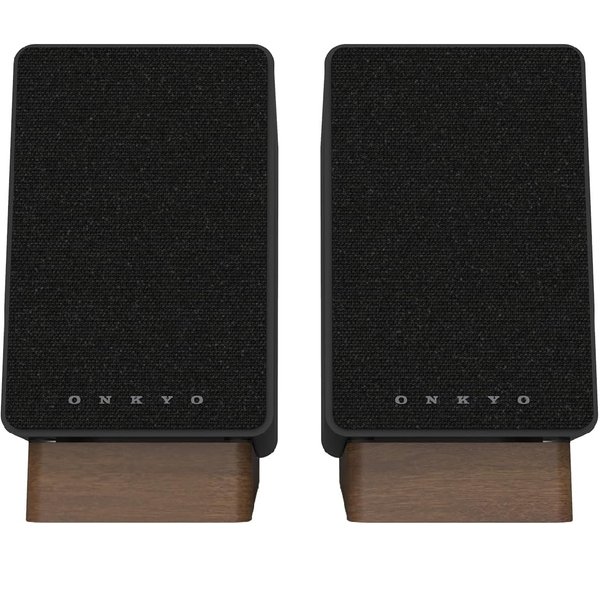
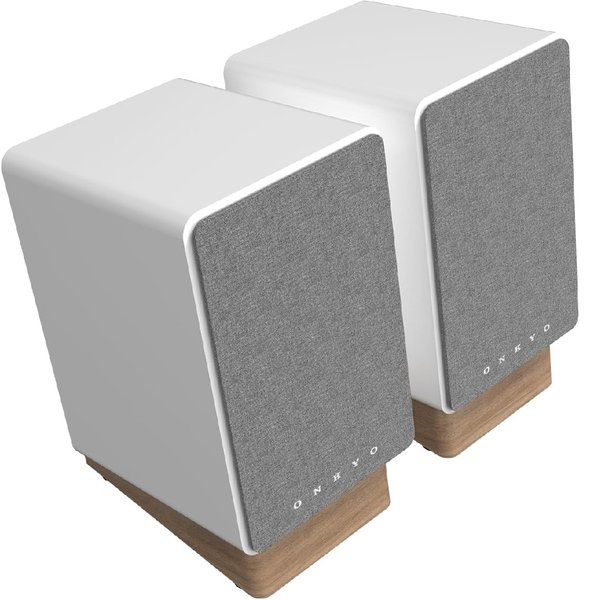
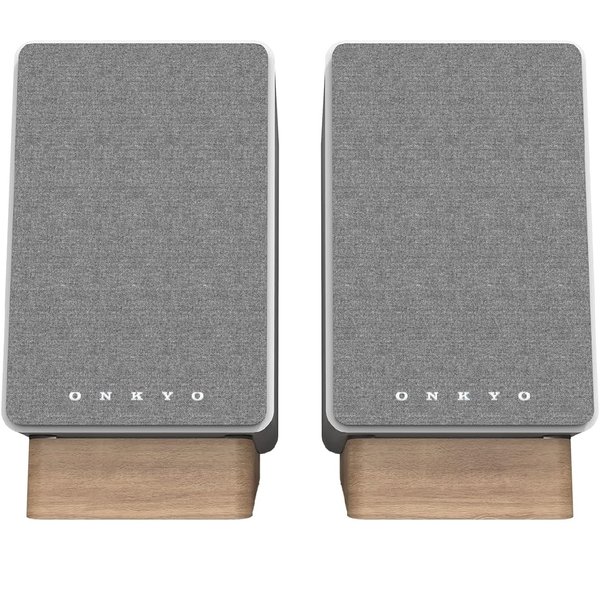

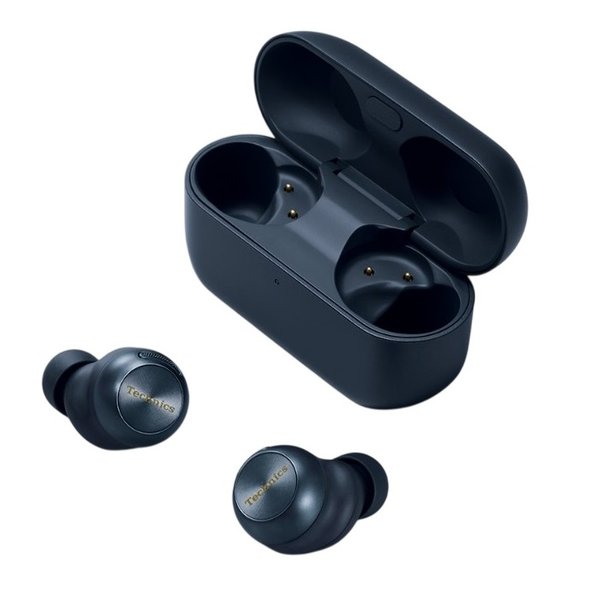
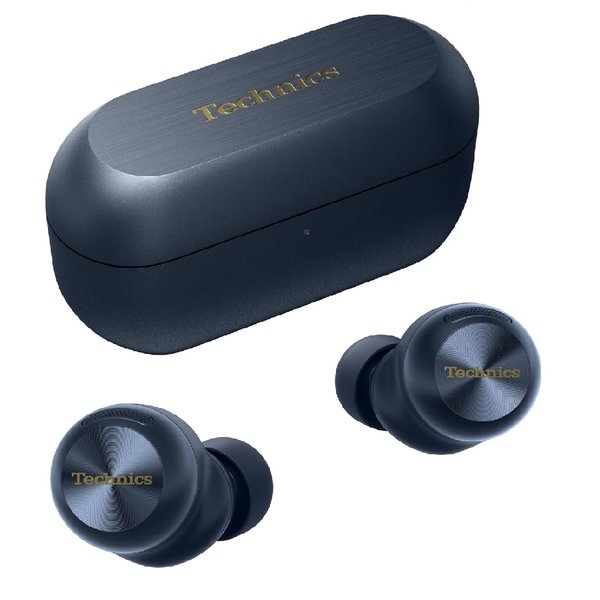



![Technics EAH-AZ100 True Wireless Bluetooth Noise-Cancelling In-Ear Earphone with Mic - Champagne Gold [60th Anniversary Edition] Technics EAH-AZ100 True Wireless Bluetooth Noise-Cancelling In-Ear Earphone with Mic - Champagne Gold [60th Anniversary Edition]](https://d30ek1sgwm2r4c.cloudfront.net/sites/files/treoo/images/products/202506/600xAUTO/technics-eah-az100-champagne-gold_2.jpg)
![Technics EAH-AZ100 True Wireless Bluetooth Noise-Cancelling In-Ear Earphone with Mic - Champagne Gold [60th Anniversary Edition] Technics EAH-AZ100 True Wireless Bluetooth Noise-Cancelling In-Ear Earphone with Mic - Champagne Gold [60th Anniversary Edition]](https://d30ek1sgwm2r4c.cloudfront.net/sites/files/treoo/images/products/202506/600xAUTO/technics-eah-az100-champagne-gold_1.jpg)

